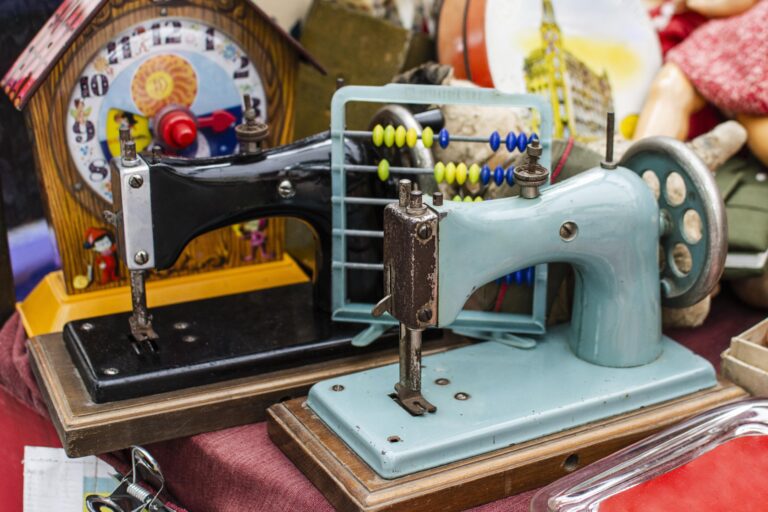6 Best Ways To Make Silk: A Guide To Beginners
I welcome you to another informative post on the 6 best ways to make silk. It is a topic that has been on my mind to bring simplicity on the way you can improve on your silk making.
Silk is the most exquisite, delicate, and lustrous materials that has ever been made.
Silk has been used for thousands of years and is still regarded as one of the most expensive, opulent fabrics. The process of producing silk hasn’t changed much in all those years.
Despite technological advancements in production methods, producing silk is still a labor-intensive process that requires a lot of effort.
What Materials Are Used in Silk?
Despite the fact that a wide range of different insect species are now used to produce silk, the larvae of the “Bombyx mori” are the caterpillar of the domestic silkmoth.
These amazing silkworms produce one of the most valuable materials with a variety of exceptional qualities.
One filament of silk is stronger than a comparable filament of steel, despite silk being lustrous, lightweight, and durable.
7 Best Ways To Make Silk: A Guide To Beginners
Here is a step-by-step explanation of the intriguing production process for silk.
1. Sericulture
This phrase refers to the procedure of gathering silkworms and harvesting the cocoon to get the necessary components.
Silkmoth females can produce anywhere between 300 and 500 eggs at once. These eggs eventually hatch into silkworms, which are then incubated until they emerge as larvae in a controlled environment (caterpillars).
To promote growth, the silkworms continuously consume a vast number of mulberry leaves.
About six weeks are needed for them to reach their maximum capacity (about 3 inches).
They will stop eating at this point and start to elevate their heads, signaling that they are prepared to spin their cocoon.
The silkworm will start spinning its silk cocoon after attaching to a sturdy frame or tree by rotating its body 300,000 times in a figure-8 motion. This procedure takes three to eight days.
Only one strand of silk, roughly 100 meters long and kept together by a form of natural glue known as sericin, is produced by each silkworm.
Did you realize, one pound of raw silk is made by about 2,500 silkworms?
2. Thread Removal
The time has come to retrieve the silk strands once the silkworms have finished spinning their cocoon and eventually enclosed themselves inside of it.
To soften and dissolve the gum holding the cocoons together, the cocoons are submerged in boiling water. This is an essential stage in the creation of silk since it makes sure that each thread’s continuity is not harmed.
The lengthy individual threads are then delicately reeled out of the cocoon and wound onto a reel.
To preserve the fibers during processing, some sericin may still be present on the threads, although this is often removed with soap and boiling water.
3. Coloring
Prior to beginning the dyeing process, the silk threads will first be bleached and dried after being washed and degummed.
Traditional methods of dying silk use natural elements from the surroundings, such as fruit or the leaves of the indigo plant, to create the colours.
The threads will be bundled and steeped in a saucepan of hot water with indigo leaves.
To guarantee optimum color tone and quality, this process will be repeated several times over the course of a few days.
Yet, in the industrial production of silk, these conventional dyeing techniques are all but obsolete.
Because of technological advancements, producers now choose to use a variety of dyes, including acid dyes and reactive dyes. This increases the variety of colors and tints available to meet a wider demand.
The silk is submerged in a dye bath to absorb the color, but the fundamental principle underlying the process is the same.
The silk can either be attached to a spherical jig that is submerged in the bath or fed into it through two cylinders.
This is frequently the last step in the process because manufacturers now favor piece-dying in an effort to reduce waste.
It eliminates the need to keep an excessive amount of stock in particular colors that may never be utilized by maintaining plain white stock that is ready to be dyed.
In order to be able to offer a quick service with silk we already have in stock, Biddle Sawyer Silks keeps large quantities of our silks in a variety of colors in stock.
We also work with customers who supply their own custom color schemes and can match their sample colors using lap dips.
4. Spinning
The traditional spinning wheel has been and will continue to be a crucial component of the production of silk.
Modern industrial techniques can now spin silk threads considerably more quickly, although they only mimic the traditional spinning wheel’s operations.
The coloured fibers are effectively unwound during spinning so they can lay flat in preparation for weaving.
This can be accomplished in a variety of ways, including hand spinning, ring spinning, and mule spinning.
5. Textiles
The process of weaving is how the finished piece of silk is put together. Silk can be woven in a variety of ways, but the most popular are satin, plain, and open weaves.
The type of weave will also determine how the silk will be finished.
In general, weaving is tying together two sets of threads in such a way that they lock around one another and produce a sturdy, even piece of cloth.
The warp and the weft are the two distinct angles at which the threads will be woven at right angles to one another.
The weft will flow across the fabric as the warp goes up and down.
6. Printing
If a silk piece needs a unique pattern or design, it must be printed after pre-treatment. There are two methods for doing this: digital printing and screen printing.
The traditional, more labor-intensive way of producing the same effect is screen printing, albeit in some situations a bolder, more colorful appearance may be created as a result of a heavier application of ink.
Conclusion
Silks must be completed before they are considered ready for usage. The very lustrous sheen that silk is famous for and the ability to obtain the right look and feel are both due to finishing.
Silk can be finished in a variety of ways, mostly by applying various chemical treatments that can offer a number of beneficial features like fire resistance and crease-proofing.
This vital information: the 6 best ways to make silk could be the only strategy is needed to improve on your work while giving a satisfactory service to your customers.


